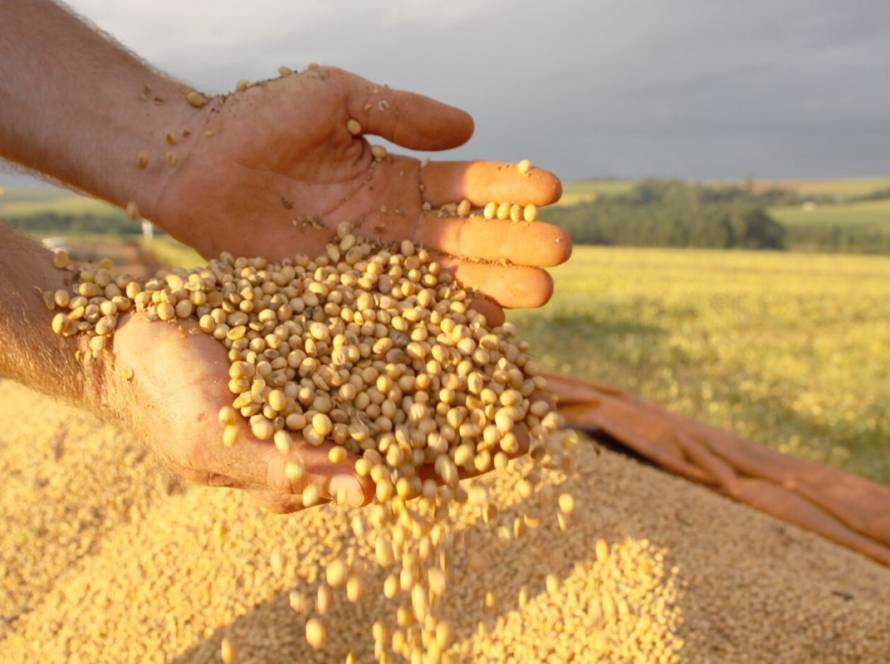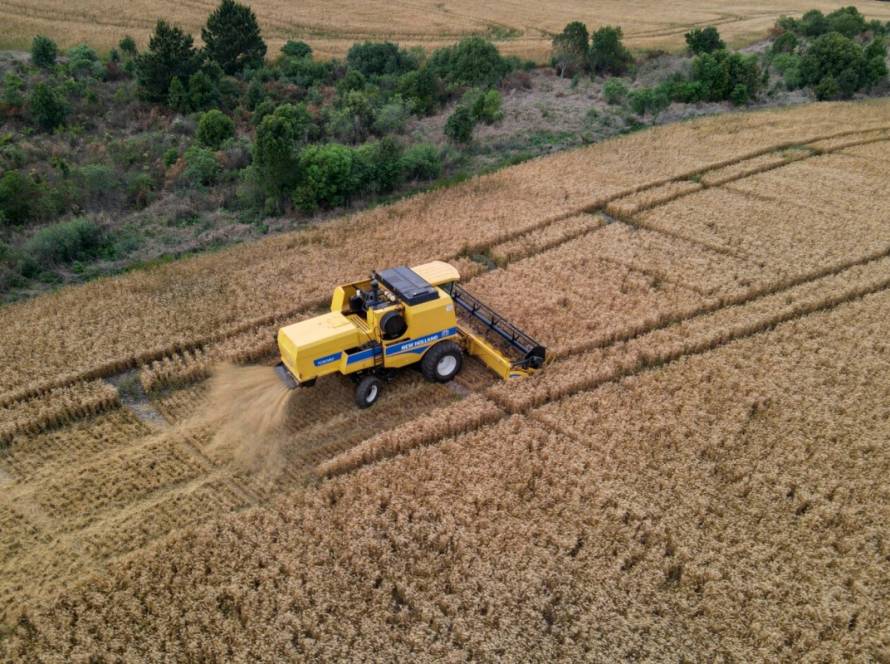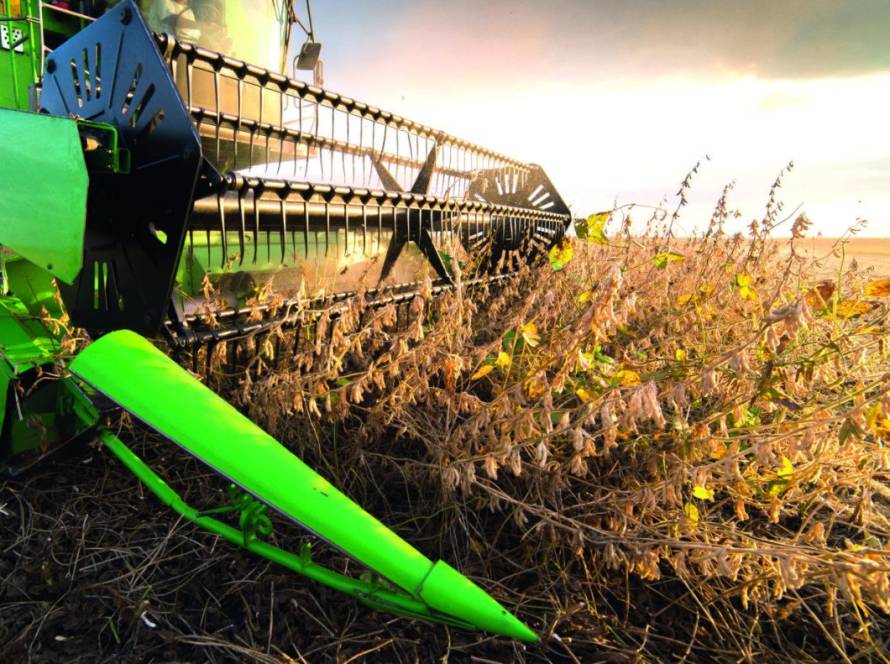The Parliamentary Front for Agriculture (FPA) presented, last Tuesday (29), during a meeting of the bench, the main proposals for the construction of the 2025/2026 Harvest Plan. The entity defends a more efficient, safe and sustainable model of financing for Brazilian agricultural production, with a focus on expanding public resources, strengthening rural insurance and creating a multi-year agricultural policy.
Considered one of the main instruments to support the production sector, the Safra Plan faces challenges such as lack of resources, bureaucracy and vulnerability to the public budget. For the next harvest, the estimate is that the credit needed for agriculture will reach R$1.3 trillion, of which R$599 billion will come from the Safra Plan.
Among the main demands of the group is the contribution of R$1.5 billion for the equalization of interest rates, in addition to the allocation of at least R$1.1 billion of the total value of the plan — approximately R$5.99 billion — for subsidizing rural insurance. The intention is to guarantee predictability to the producer and avoid interruptions in credit, such as the one that occurred in February of this year.
According to the president of the FPA, congressman Pedro Lupion (PP-PR), the proposals were constructed based on contributions from the 59 entities that make up the Instituto Pensar Agro (IPA). “This equalization, which is what actually costs the public coffers, would need to require at least R$15 billion,” explained Lupion, highlighting the expectation of a Selic rate close to R$15 billion in July.
Rural insurance and Brazilian Farm Bill
In view of recent climate problems, such as losses in Rio Grande do Sul and the Central-West, the FPA proposes strengthening rural insurance, allocating 1% of the total value of the Safra Plan for this purpose. The proposal also includes the regulation of a Catastrophe Fund to provide greater security to producers.
Another highlight is the defense of the creation of a multi-year agricultural policy, inspired by the American Farm Bill. “Our dream is to be able to create a five-year plan that provides budget predictability and security for producers,” said Lupion.
Strategic priorities
The FPA also established six priorities for the 2025/2026 harvest: strengthening rural insurance, continuity of credit, sustainable financing sources, interest equalization, favorable regulatory environment and strengthening of price guarantees.
Pedro Lupion highlighted the importance of a state policy for agriculture, independent of party disputes. “The government cannot afford to ignore a sector as strategic as agriculture. This is an issue that goes beyond any political performance or ideological differences,” he stated.
The proposals presented this Tuesday will be formally registered in the coming days, officially opening negotiations with the Ministries of Agriculture, Agrarian Development, Finance and the National Treasury.
Main FPA proposals for the 2025/2026 Harvest Plan:
- Expansion of interest subsidy: Increase in contribution to R$15T 25 billion, ensuring the continuity of equalized credit.
- Strengthening rural insurance: Budget of R$1.5T5.99 billion for the Rural Insurance Premium Subsidy Program (PSR) and regulation of the Catastrophe Fund.
- Multi-year planning: Adoption of a multi-year Harvest Plan, similar to the American Farm Bill.
- Modernization of the Rural Credit Manual: Inclusion of risk management practices, innovation, sustainability and market access.
- Banking transparency: Creation of rules for the presentation of Administrative and Tax Costs (CAT) in credit operations.
- Simplification of guarantees: Digitization of records and fractionation of properties to reduce costs and bureaucracy.
- Incentive for sustainability: Reduction of interest rates for producers who adopt practices such as crop-livestock-forest integration and use of bioinputs.
- Expansion of financing sources: Reinforcement of bank liabilities and encouragement of the use of Fiagros.
- Improvements in access to credit: Combating tied selling, reducing abusive rates and facilitating processes for small and medium producers.
- Strengthening investment programs: Improvement of lines such as RenovAgro, InovAgro, Moderagro, Moderfrota, Proirriga and PCA.
- Debt renegotiation: Maintenance of the original interest rate in extensions and flexibility of renegotiation conditions.
- Support for family farming: Expansion of the limits of Pronaf and Pronamp and encouragement of land regularization.
- Strengthening marketing policies: Modernization of the Food Acquisition Program (PAA) and the National School Feeding Program (PNAE).





